The Lab Grown Diamond Jewelry Market is currently characterized by a dynamic competitive landscape, driven by increasing consumer awareness regarding sustainability and ethical sourcing. Major players such as Diamond Foundry (US), Brilliant Earth (US), and De Beers Group (GB) are actively shaping the market through innovative strategies and operational focuses. Diamond Foundry (US) emphasizes technological advancements in diamond creation, positioning itself as a leader in high-quality lab-grown diamonds. Meanwhile, Brilliant Earth (US) leverages its strong online presence and commitment to ethical practices, appealing to a growing demographic of environmentally conscious consumers. De Beers Group (GB), traditionally known for its natural diamonds, has made significant strides in the lab-grown segment, indicating a strategic pivot to capture a broader market share.
The business tactics employed by these companies reflect a nuanced understanding of the market's competitive structure, which appears moderately fragmented yet increasingly influenced by a few key players. Localizing manufacturing and optimizing supply chains are common strategies that enhance operational efficiency and reduce costs. This collective approach not only strengthens individual companies but also contributes to a more robust market environment, where innovation and sustainability are paramount.
In August 2025, Diamond Foundry (US) announced a partnership with a leading technology firm to enhance its diamond production capabilities through AI integration. This strategic move is likely to streamline operations and improve the quality of their offerings, thereby reinforcing their competitive edge in a market that values both quality and innovation. The integration of AI into their production processes may also set a new standard for efficiency in the industry.
In September 2025, Brilliant Earth (US) launched a new line of customizable lab-grown diamond jewelry, allowing consumers to engage more deeply with the design process. This initiative not only caters to the growing demand for personalized products but also positions Brilliant Earth as a frontrunner in consumer engagement, potentially increasing brand loyalty and market share. The emphasis on customization aligns with current consumer trends favoring unique and personalized experiences.
In October 2025, De Beers Group (GB) unveiled a new marketing campaign aimed at promoting its lab-grown diamond offerings, highlighting their commitment to sustainability and ethical sourcing. This campaign is strategically significant as it seeks to reshape consumer perceptions and drive demand in a segment that is still gaining traction. By leveraging its established brand reputation, De Beers Group aims to attract a wider audience to its lab-grown products, thereby enhancing its competitive positioning.
As of October 2025, the Lab Grown Diamond Jewelry Market is witnessing a shift towards digitalization, sustainability, and technological integration. Strategic alliances among key players are increasingly shaping the competitive landscape, fostering innovation and collaboration. The focus appears to be moving away from price-based competition towards differentiation through technology, supply chain reliability, and unique consumer experiences. This evolution suggests that companies that prioritize innovation and sustainability will likely emerge as leaders in the market, setting new benchmarks for success.




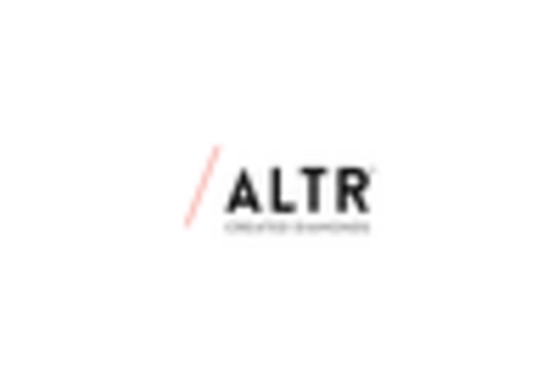
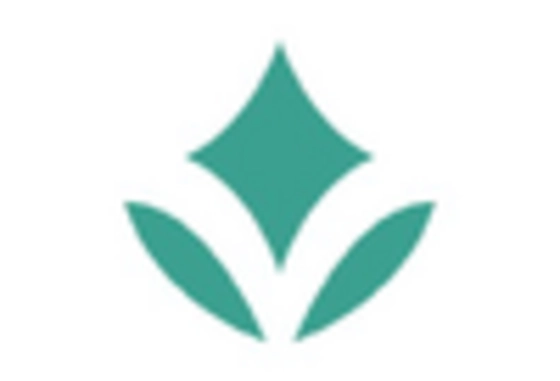
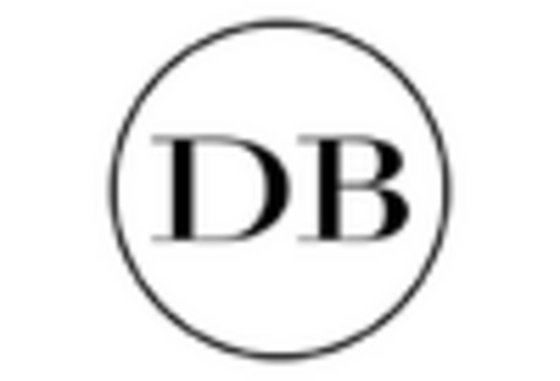
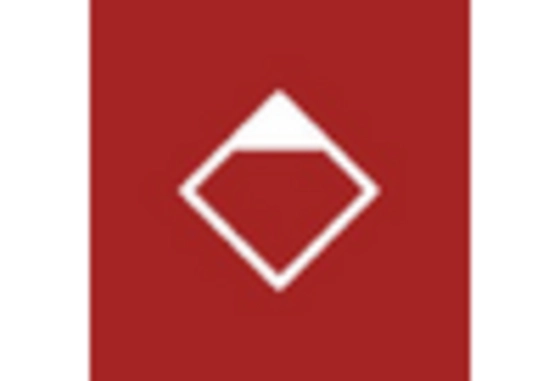
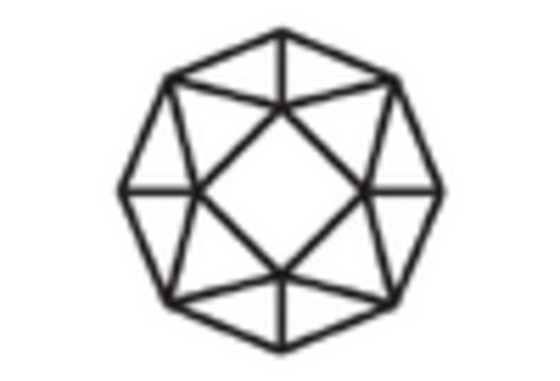
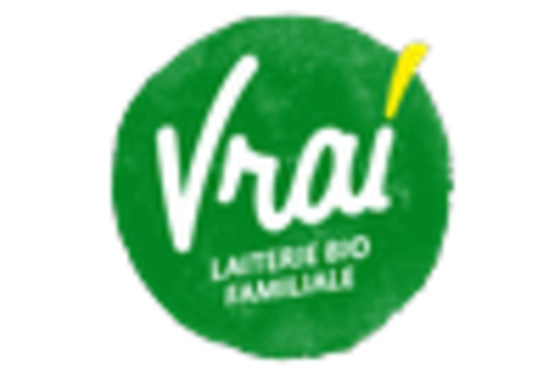








Leave a Comment